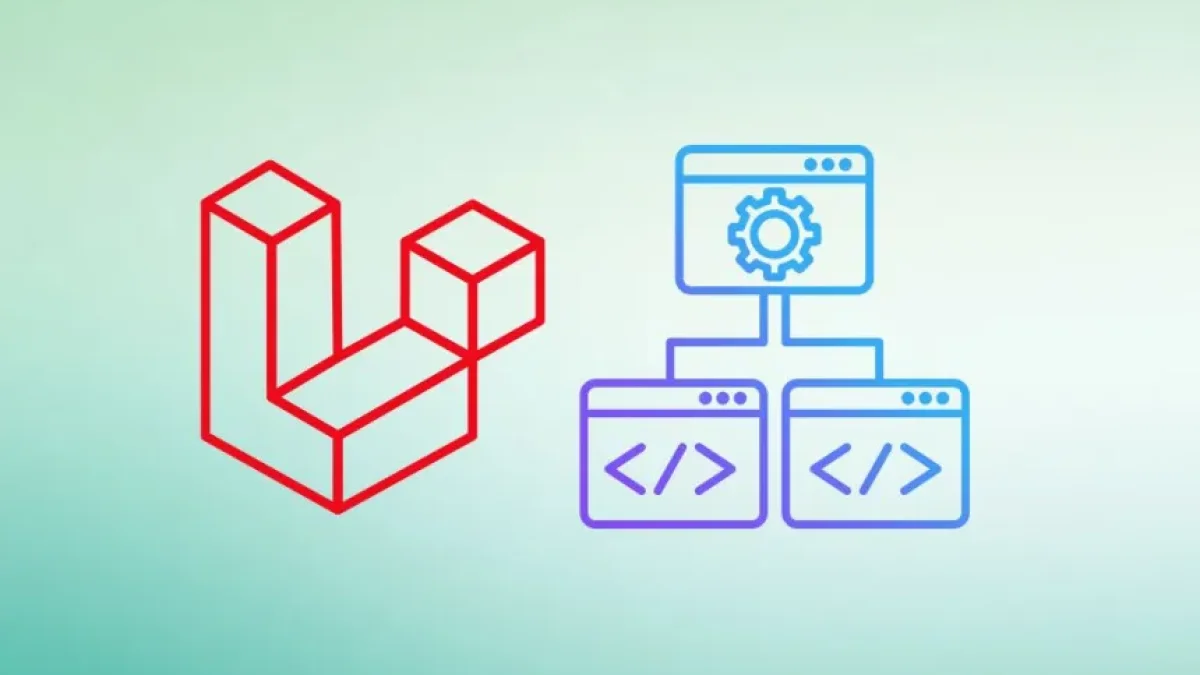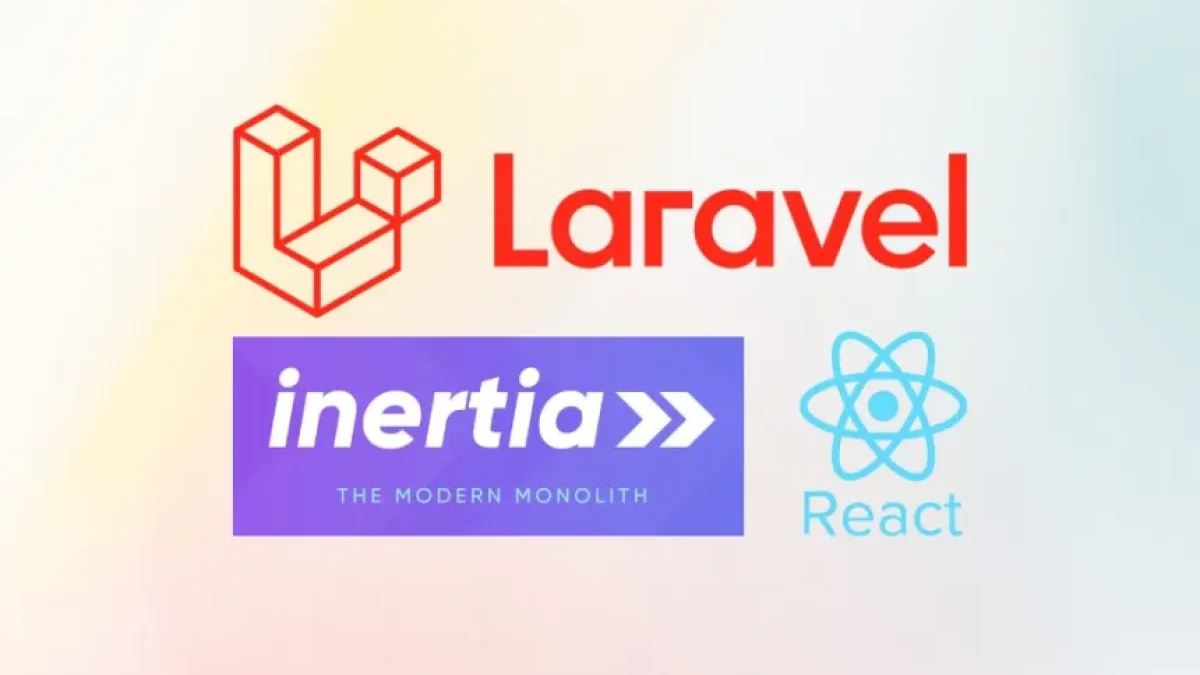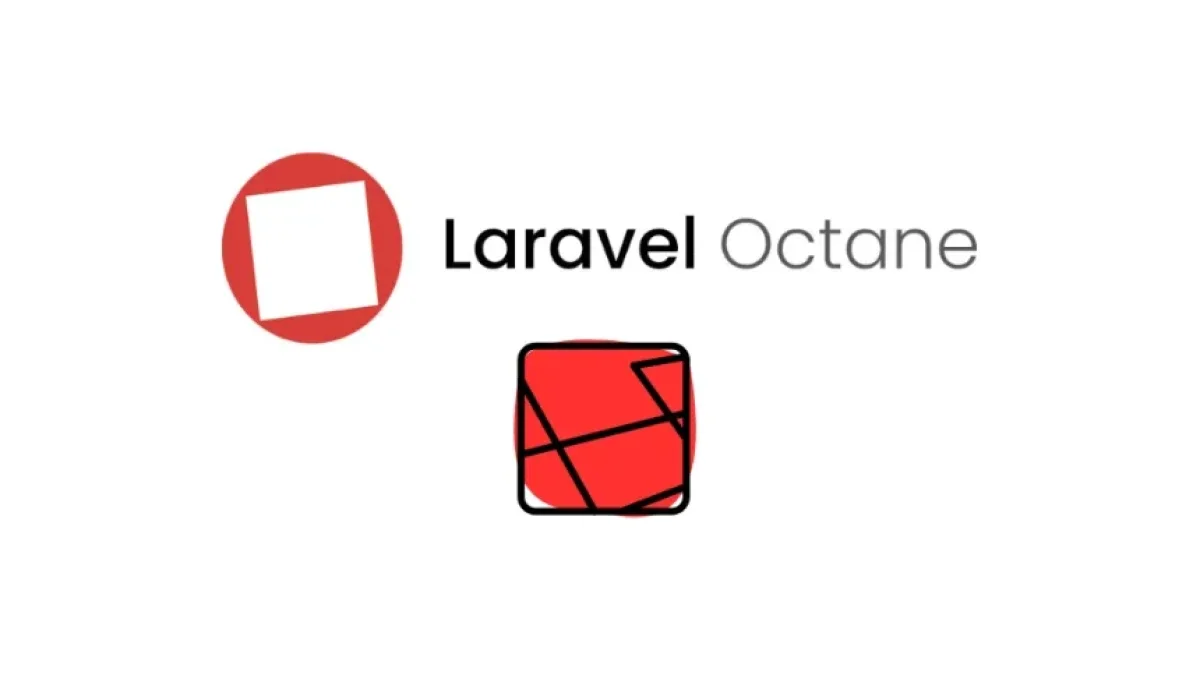Best practices for creating scalable and maintainable Laravel applications


In today’s digital era, the development of efficient and effective web applications is crucial for the success of any business. Laravel, a popular PHP framework, has gained recognition for its ease of use and powerful features. However, to ensure that an application built with Laravel is scalable and maintainable, it is necessary to follow some best practices. Below are some effective approaches to achieve this.
Organize Your Project Properly
One of the keys to maintaining a Laravel application is the organization of the code. It is advisable to follow the folder structure standards provided by Laravel. Using appropriate conventions facilitates the understanding of the project by other developers. Additionally, grouping related logic into controllers and models helps avoid confusion and improves readability.
Define a Dependency Management System
Using Composer to manage dependencies is fundamental in Laravel. It allows you to easily add and update external libraries, contributing to the scalability of the project. It is also important to document the dependencies being used so that other developers can quickly understand the tools and libraries involved in the project.
Implement Database Migrations and Seeds
Migrations allow for controlled and safe modifications to the database. Using them correctly can help maintain database integrity as the project grows. Additionally, using seeds to populate the database with test data facilitates development and testing, ensuring all developers work with the same database.
Read also
Apply Design Patterns
The implementation of design patterns, such as MVC (Model-View-Controller), helps keep the different layers of the application separated. This not only enhances code organization but also facilitates maintenance and scalability. Other patterns, such as repository or service patterns, can be used to encapsulate business logic and facilitate unit testing.
Use of Automated Testing
Implementing automated testing is an essential practice to ensure code quality in Laravel applications. By using PHPUnit and other testing tools, it is possible to detect errors before they reach production. This saves time and effort in the long run, as it reduces the need for post-launch support and fixes.
Version Control
Using version control systems like Git is fundamental for collaborative development and code change management. Keeping a clear record of the project versions not only facilitates collaboration among teams but also allows for reverting changes in case errors are introduced.
Read also
Clear and Accessible Documentation
Documentation is an aspect that should not be overlooked. Having clear guides on installation, usage, and development of the application is vital to ensure that other developers can understand and contribute to the project effectively. Utilizing tools like Swagger can be helpful for documenting APIs.
Conclusions
Implementing these best practices in Laravel application development not only ensures greater scalability but also facilitates long-term maintenance. By following these recommendations, developers can create more robust and efficient applications.
For more news and articles related to web development and Laravel, I invite you to explore more on my blog.



















